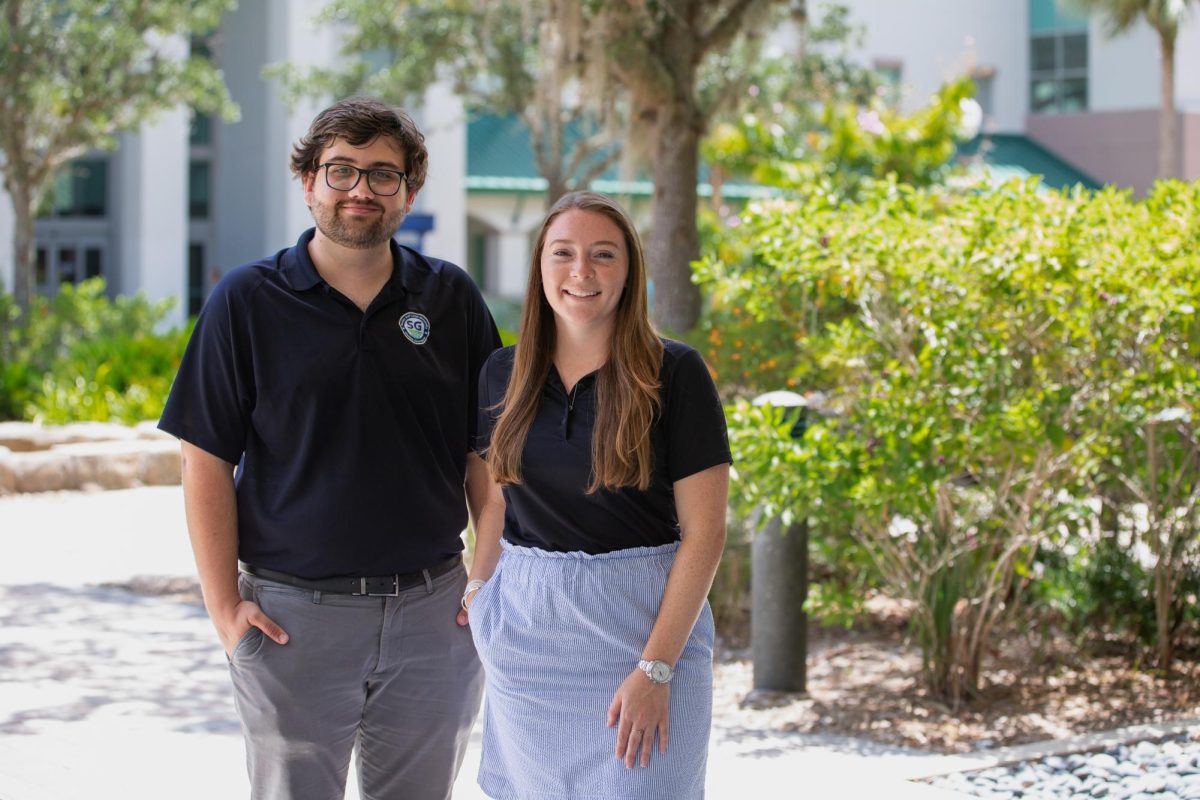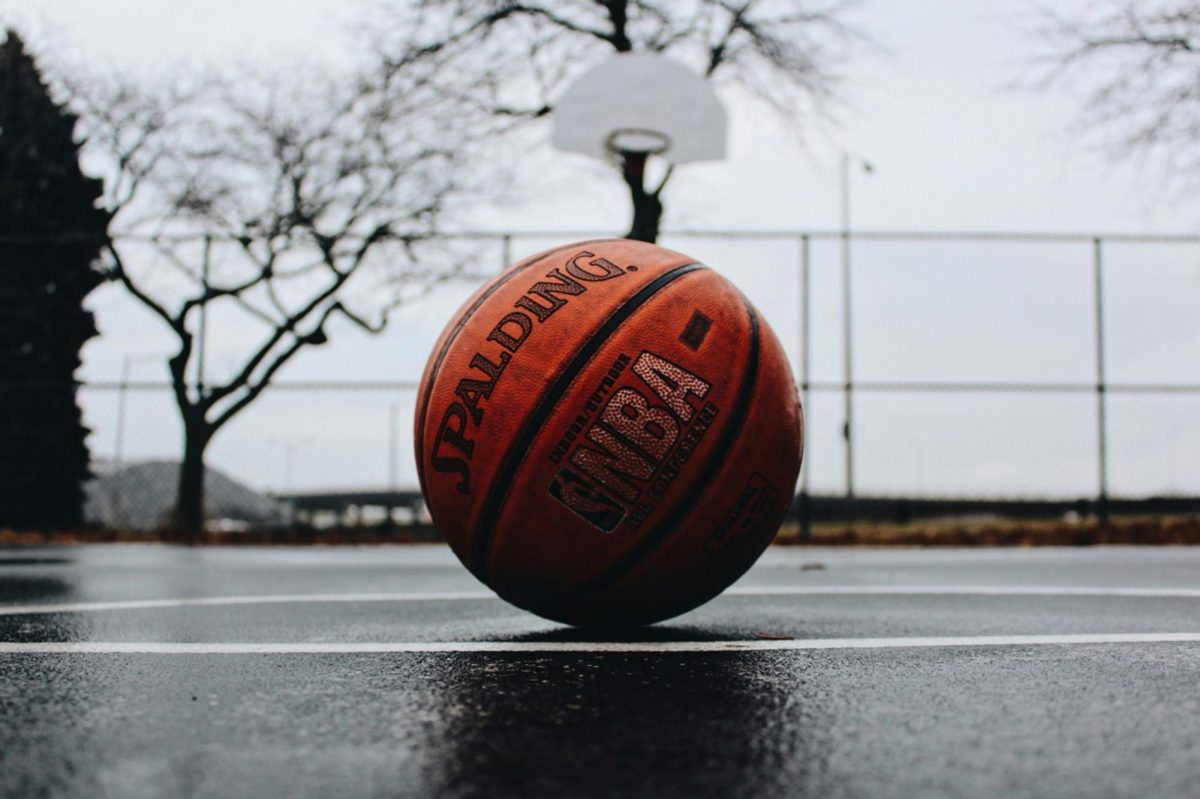Growing a garden as a college student may be easier than you think. The tips listed are helpful hints and tools that I use in my container garden that have helped keep my garden healthy and happy.
Container gardens provide ways to keep your veggies, fruits, herbs and plants in a more controlled environment when dealing with choosing potting soils, weather exposure and animal/insect risk. The majority of the pictured plants have been grown from organic seeds in recyclable containers and planted in organic soils.
Don’t be afraid to get your hands dirty.
Trying new things is part of the college experience. Gardening is possible in a dorm room, on a patio and in a backyard, so long as each plant is cared for. Many believe that when starting a garden you must go to the nearest home and garden store to buy expensive pots, water cans and seeds; however, that’s just not true. Especially when starting a garden for the first time, planting seeds can be done in recyclables such as water jugs, milk cartons and even eggshells. Container gardens are a great way to test your green thumb and figure out what grows best in your home garden environment.
You get cranky when you are hungry and so does your garden.
When gardening in the heat of Southwest Florida it’s extremely important to make sure your container garden stays hydrated. Watering your garden before 11 a.m. and/or after 5 p.m. will help the plants digest the water rather than the water evaporate from the summer heat before the roots even get a taste. The soil of your individual plants will show their need for water or additional soil. With plants such as tomatoes, the soil will appear dry almost six hours after watering, whereas herbs, such as basil, can appear to have damper, darker soil for days depending on the heat.
Be patient — growth of any kind takes time.
With proper care, the right environment and a little bit of luck, container gardeners will see a tiny seed grow into a producing plant. Time is a garden’s best friend. When starting a plant from seeds, it will only take days to begin to see little green leaves sprout out of the soil; however, that’s only the beginning. As a plant grows, its roots will begin to stretch and soak up more and more nutrients from the soil to prepare itself for production. It’s important to have patience with fruit and vegetable bearing pants because a plant must mature to a certain point before producing. Many plants show that they are reaching producing potential by flowering.
Plants express what they are feeling through body language.
We use body language to express how we feel. Gardens can do the same. Common sense will assist decisions made in making the plants in your garden happier and healthier. If soil appears to be dry, and/or the leaves of your flowers are drooping, they are thirsty for water. Whereas, if the soil is still damp it’s alright to skip a watering day or two until the roots have time to absorb the water from the soil. If you find that the water is pooling at the top of your soil it’s being over watered, which in a container garden can cause rotting of the roots.
Sunshine warms the soul of the garden.
Many people struggle with seasonal depression due to lack of sun and warmth. Plants can experience similar feelings. Many plants will not require full sun, however, for those plants that do require full sun it’s important that they are put in a sunny spot. As plants begin to grow, vine and spread its roots, you will find that your plants will lean toward the sunshine to maximize its exposure. As plants grow they will require pruning of dead leaves and non-producing flowers to avoid wasting nutrients on dying parts of your plant. Also, harvesting regularly will help maintain constant growth of your plants, especially herbs.
Doing your homework will bring great success.
In school, we are given homework to foster a better understanding of the material presented to us in class. With gardening, it’s important to research each plant to figure out what kind of environment and watering habits are needed. Every plant is different — some will flower prior to producing, and some will change colors before the vegetable or fruit is ripe enough to harvest. Searching for harvesting techniques of your plants will help you properly remove what is ready without harming the plant, thus allowing your plant to produce again.
Tips to grow a healthy, happy container garden
October 8, 2014
Story continues below advertisement

































